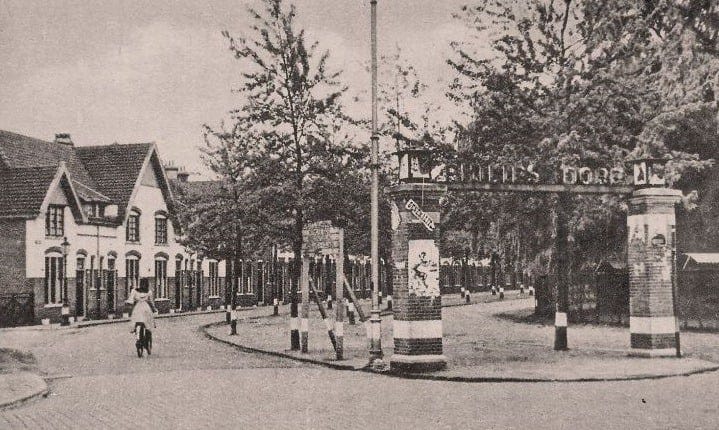In my previous article I make a case for social capitalism. In this article I will show you an example that worked.
In the late 19th century, my hometown, the Dutch city of Eindhoven was little more than a quiet, modest town, surrounded by fields and small farms. Into this setting stepped Gerard Philips and his father Frederik in 1891, determined to bring a then-new technology—electric light bulbs—to a broader public. Their first factory was a straightforward, utilitarian building, but their ambitions went far beyond making lamps. From the beginning, Philips embodied a type of business thinking we’d now call “social capitalism.”
Early Days and a Focus on People
When Gerard Philips started producing carbon-filament lamps, he realized that success hinged not just on technology, but on the skills and dedication of the people who made those bulbs. Rather than simply hiring workers and sending them off after their shifts, Philips took a vested interest in their well-being.
Eindhoven quickly became intertwined with Philips’s growth, transforming from a largely rural locale to a bustling industrial hub. In time, Gerard’s brother Anton joined the company, bringing commercial flair and helping steer Philips toward the international stage. Yet throughout these expansions, the core principle remained: treat employees respectfully, and they will, in turn, propel the company forward.
The Rise of “Philipsdorp”
To ensure workers had a comfortable environment, Philips built a neighborhood called “Philipsdorp” (literally, “Philips Village”). Modest but pleasant houses sprang up, complete with amenities such as local shops and schools. This wasn’t simply corporate altruism—it was a calculated blend of compassion and strategy. By giving employees stable, safe living conditions, Philips cultivated a dedicated workforce that felt genuinely invested in the company’s future. This village is right beneath my balcony and I stare at it all the time, to remind myself that a better world is possible.
The logic behind all this was straightforward: if people have decent homes and a sense of community, they’re more likely to be productive and remain loyal. This idea—focusing on social welfare within a capitalist framework—was relatively novel at the time. Most corporations simply hired and fired as needed, leaving housing and other social aspects to the workers themselves. Philips showed that a business could do more, and that doing more could actually help the bottom line.
Building the Community, Building the Brand
Beyond housing, Philips sponsored various social and cultural initiatives, encouraging sports clubs, arts programs, and even employee retreats. The company cultivated a reputation for looking after its workforce. As a result, Eindhoven itself evolved into a city shaped by Philips’s industrial and social footprint. Over the decades, the brand became synonymous not only with technology—radios, televisions, later medical equipment—but also with an approach to business that was human-oriented.
The Legacy of Social Capitalism
Today, Philips stands as a multinational powerhouse, but its origin story carries a lesson that’s still relevant: a company can succeed financially while also caring about the people who contribute to that success. It’s a model where profit and social responsibility aren’t at odds but can strengthen each other. By investing in worker housing and community life, Philips found that employees with a sense of belonging became integral to the company’s sustainable growth.
In our modern world—where large corporations sometimes seem distant and impersonal—it’s worth remembering stories like Philips’s. Their experience illustrates that capitalism doesn’t have to be purely transactional. It can be rooted in mutual respect, with benefits flowing both to the organization and the community it serves.
In short, the Philips story is a testament to the idea that building a profitable business and fostering a close-knit community can go hand in hand. By valuing human needs as well as economic gains, Philips helped spark a brighter future—illuminating not just homes, but also a path toward more socially conscious ways of doing business.
So Satan Besos, Devil Musk, take notes—Philips proves that when you treat workers like humans, they become happier, healthier, and, surprise, surprise, more productive.
But that’s the part they don’t want to acknowledge. Because the system isn’t built for happy, healthy workers—it’s built for maximum extraction, for squeezing every last drop of labor while calling it "efficiency." It’s why Amazon warehouses are designed like surveillance prisons, why gig workers grind themselves into exhaustion without benefits, why burnout is normalized.
But people aren’t machines. And when you treat them like disposable parts, they break. They quit. They resist. And eventually, they fight back.
So yeah, Besos, Musk, all of you robber barons playing billionaire cosplay—maybe take a lesson from Philips. Because the future of labor isn’t just about productivity. It’s about dignity. And whether you like it or not, the workers are waking up.





